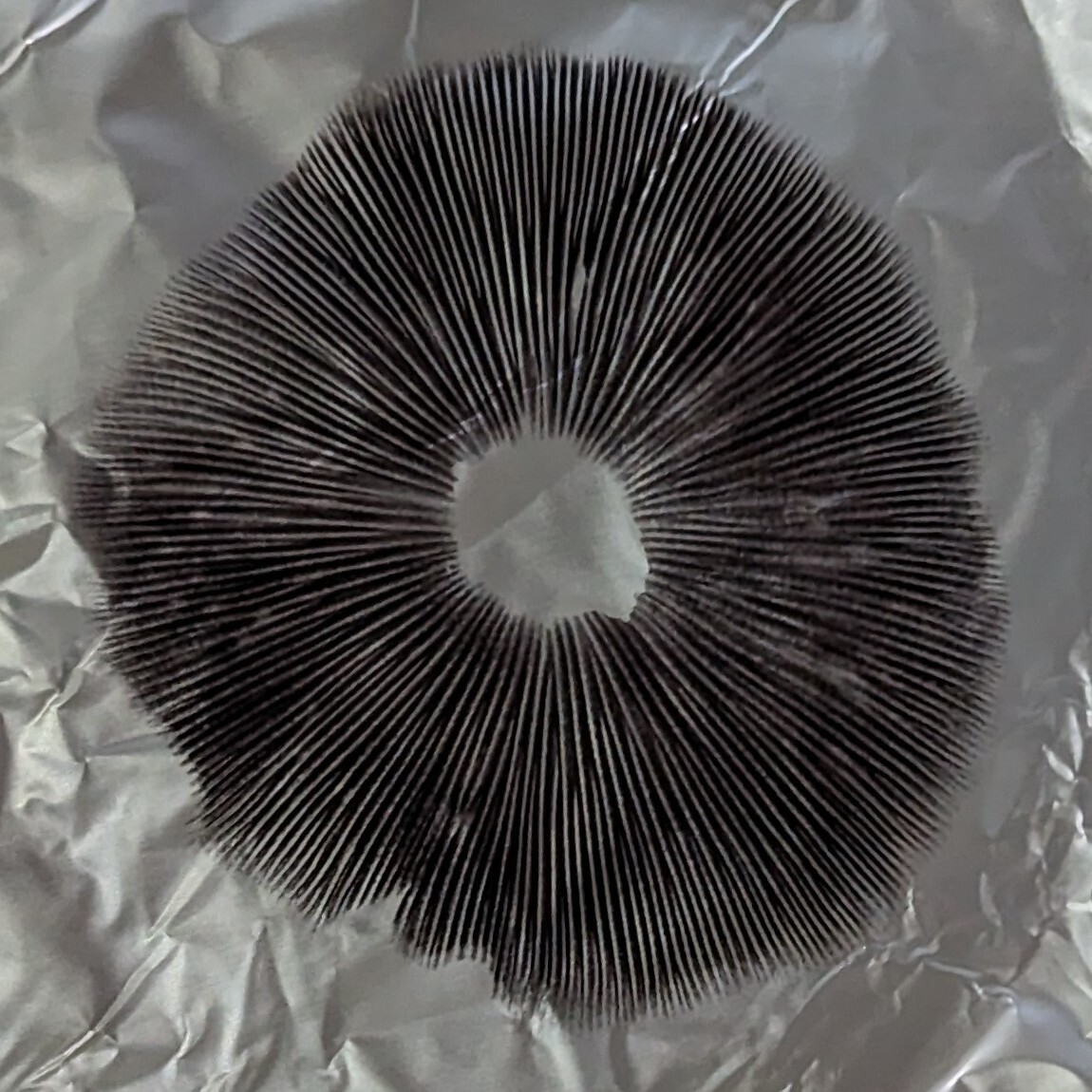It was two sticks! Stop spreading misinformation here!
Two sticks and a gigantic globe of plasma shining near-parallel beams of light at every spot on the planet.
That was just kind of hanging around there, so why not use it?
Also a dude he paid to walk a few hundred miles.
The Proclaimers?
no, one of these guys:
Damn, and here I thought The Proclaimers were original. 😕
Edit: Thank you for educating, though!
Shit, I wanted to reproduce his experiment but I don’t have one of those.
Do you live in England?
I’ll have one delivered to you within 24 hours. Air mail.
Perfect time for the GP to disclose that he lives at the South Pole.
Depending on the hour of the day at the other poster’s location, it can arrive much sooner than that…
I did say “within” 24 hours.
Nah that’s the package I sent them. The “OP sending suns”'s package is sadly delayed a little by between 0 and 23:59 hours, sorry
Now I wonder what “Aaaaakshually” sounds like in ancient Greek.
Smh my head, scientists still don’t have stable fusion, when Erastosthenes was using it as a constant in his experiments.
The sieve guy?
Hot damn!
His nickname was “Beta” because he was the second best at everything.
Big brain both literally and figuratively based on that etching.
How do you pronounce it? I’m fumbling
“Eratosthenes”
era TOSS the knees
Oi!
'ere, toss da knees, man! We ain’t got all day!
Thanks!
Pardon me, did you say “Abe Lincoln”?
Edit: I was trying to reference this: https://www.youtube.com/watch?v=wJcuYKyHEgs
This comment is so underrated; I fucking love that you made it though.
Be over here with my strength of feet.
Achoo!
A Jew‽ Here‽ In England‽
The original “Tony Stark In a Cave”
Eratosthenes did it with a fucking stick .
But we are not Eratosthenes sir .
The accuracy he achieved and in that time period with the information available to him is frankly staggering. The degree of his error is slightly complicated by the stadion not being a historically exact figure, but his calculation showed the Earth to be 252,000 stadia in circumference. Accounting for the variability in the exact length of the stadia dependent on what definition was used in the calculation, that gives us in kilometers 39,060km on the lower end and 40,320km on the upper. The actual circumference of the Earth is 40,075km. This gives him an error range of between -2.4% and +0.8%.
He also didn’t just use a stick but used extensive geographic charts to calculate the distance between the 2 cities where he measured the shadow. It was a monumental achievement and is shockingly accurate. I also believe this knowledge was lost to time and for quite a long time after we did not have any measurements even close to this accuracy.
Here is a picture visually demonstrating how he performed his calculation.
It’s still seriously impressive with that error range?
I never said it wasn’t. I was originally writing this as a response to a commenter who said the error was ~15%. My comment initially started with “He was actually significantly more accurate than that.”
15% commenter here. My number came from the source I used, I’m not enough of a Greek history fan to know one way or the other, thanks for clarifying
Lady Autumn, you have an amazing username. This is great content, thank you so much. My apologies that the comment I replied to looked to me like a top level comment; it still does. I mean no disrespect, and I think we are on the same side?
Good question
deleted by creator
how many sticks then?
two
Could have been the same stick transported from one place to another.
Also, I thought he used a well?
A well is the inverse of a stick.
Wow. This comment had me thinking DEEP.
A whole bundle of them tied together.
He was obviously employed by NASA. Don’t believe the round earth agenda!
Sheeple never stop to amaze me!
The ground that looks and feels flat is actually flat? Impossible!
A guy 2200 years ago measures how round earth is - with a straight stick? Sure sounds right!
/s
To play devil’s advocate, wouldn’t you get the same result on a flat earth, if the sun was closer enough for rays not to be parallel?
I’m not completely sure, but I guess it’s difficult to fit a flat earth model if you have three or more measurements.
Oh that’s a good idea. In fact with more measurements, it would become harder and harder to ignore them corresponding to a spherical model.
Every degree of latitude would be a degree of shadow angle.
For flat earth, it would be on an inverse tangent curve. Even if it was argued that the air somehow bent the light to distort results, what are the odds that it would do so in a way that exactly matched a sphere?
Someone should set this up as a world-wide science project. It would be easy to coordinate measuring at the same time.
2 sticks
sticks and stones can cucumberference the big rock
Sagan did a bit on this.
isnt this the fucker who used units of stadia? The unit that we have no historical reference to? (at least one significant enough to be certain about it’s actual referenced distance) Which means that we don’t actually know how accurate it was?
I mean we do know the formula, se we know pretty well how accurate it was, since we can just use the same formula with meters and calculate it ourselves
"The simplified method works by considering two cities along the same meridian and measuring both the distance between them and the difference in angles of the shadows cast by the sun on a vertical rod (a gnomon) in each city at noon on the summer solstice. The two cities used were Alexandria and Syene (modern Aswan), and the distance between the cities was measured by professional bematists.[16] A geometric calculation reveals that the circumference of the Earth is the distance between the two cities divided by the difference in shadow angles expressed as a fraction of one turn. "
Sorta. The stade was based on the pous which varied. But not that much, and in ways that are often consistently documented. Around the time Eratosthenes was alive, give or take a couple hundred years, it was documented that 1 Roman mile = 8 stades, which gives us something to go of off. While there are other possible definitions, we do have one that we know is probably closest to whatever Eratosthenes used.
EDIT - the numbers regarding the error range in this source is likely inaccurate, but goes into the units issue
+/-20% error isn’t terrible on a conversion. The fact that it’s only 10% offset is crazy though.
When I was a kid my teachers told me that Christopher Columbus discovered the earth was round and that before him everyone thought it was flat. When I was about ~13 I read a short biography of Eratosthenes and it blew my little mind.

There were also wells and a lot of walking involved.
THE PYRAMID ALIENS
deleted by creator
deleted by creator














